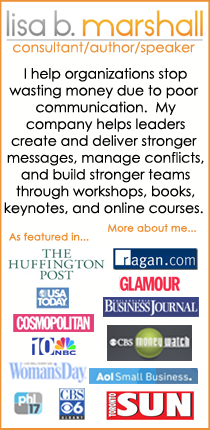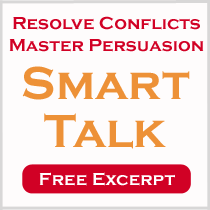Effective and Productive Business Meetings
This week on the Public Speaker I talk about how to plan and deliver effective and productive business meetings. Here’s a quick summary of the episode, but you can listen to the episode here. (It’s less than 10 minutes time.)
- Know and state the purpose of your meeting. Meetings are good for coming to resolution. If you are sharing information perhaps another approach is better.
- Know and state the idea outcome. This motivates participants to achieve it.
- Include the purpose and outcome on the agenda.
- List required and optional attendees.
- For each topic list who, what, and how long. Ex. Review conference location – Paul G. 3 min
- Include breaks and social time on the agenda.
- Send out agenda at least a day in advance.
- Start and end on time, even if everyone is not there. Return from breaks on time too.
- Mange time by assigning limits to each segment and using a timer.
- Use a two-minute warning system to alert participants they are about to go over.
- After each segment get explicit, public ownership of tasks.
- Maintain a positive engaged environment by assigning a facilitator who asks questions and encourages feedback from all participants.
- Have a rule that only one person speaks at a time.
- Latecomers shouldn’t be embarrassed, but they shouldn’t be “caught-up” either.
- Be sure to greet and say good-bye to all meeting participants. It’s good manners and it’s good for networking.
- Verbally express support of good ideas.
- Insist on no blackberries, no phone conversations in room, and maybe even no laptops!
- Follow-up the meeting by distributing the notes quickly and updating project plans.
While researching for this episode I found a few, fresh new interesting ideas. I wanted to include them in the podcast but it was already running long with the tried and true tips. So here they are.
- From Marissa Mayer at Google: Block out a large chunk of time each week that can be divided into 10 minute increments. Allow people to schedule “micro-meetings” within the larger block of time. This idea comes from
- From Google: Consider projecting a large timer on the wall to help people keep to published time frames.
- From Google: Encourage people to supply evidence for their statements.
- From Seth Godin: Create a public space (either a big piece of poster board or a simple online page) that allows attendees to rate meetings and their organizers on a scale of 1 to 5 in terms of usefulness. Just a simple box where everyone can write a number. Watch what happens. ‘
- From Bert Decker: Cut the meetings you have in half. Cut the time of the meetings that remain in half.
My Thoughts:
Finally, I just want to add a comment. I do understand that many of the ideas discussed are for INTERNAL organizations. For me, I spend most of my time in meetings with clients, vendors, partners, and prospects. I think different rules apply in those situations. In addition, I also spend time in meetings with volunteer groups and these are by far the most painful meetings for me. I hope to write something with these types of meetings in mind as well.
Your Thoughts:
If you’ve got some tips and suggestions for these situations, please pass them along or post them in the comments! I am very interested to hear what you think.











There is 1 comment .